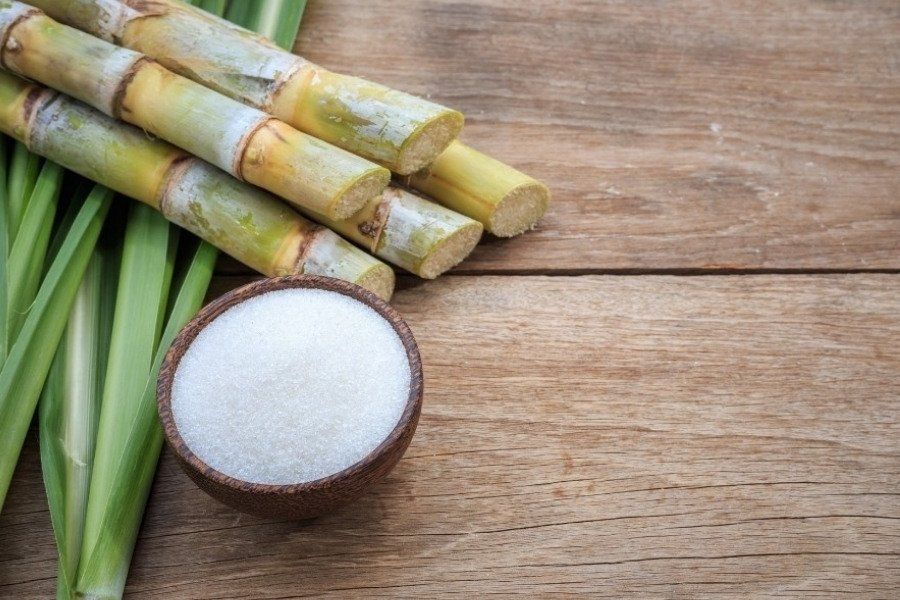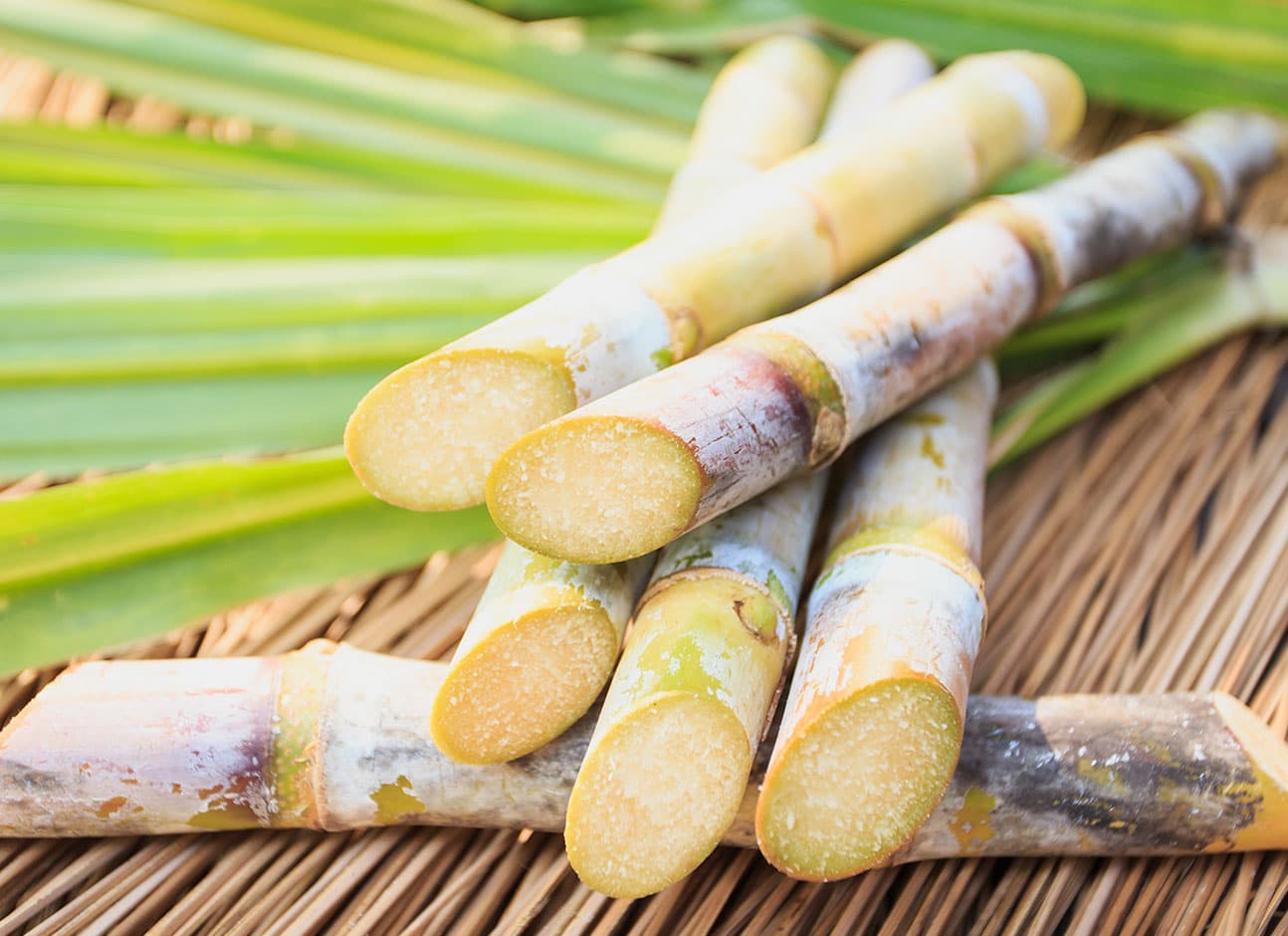All Concerning Sugar Canes: What Are Sugar Canes Used For and Their Duty in International Farming?
Sugar walking sticks serve as a foundation of international agriculture, mainly recognized for their duty in sugar production. They additionally add to the creation of by-products like molasses and ethanol. These aspects not only support different markets yet likewise effect financial stability in rural areas. Nevertheless, the farming of sugar walking sticks faces substantial ecological obstacles. Recognizing their multifaceted duty prompts additional exploration right into their farming methods and sustainability efforts.
The Agricultural Process of Sugar Walking Stick Growing
Although sugar walking stick cultivation might vary by region, the basic farming procedure continues to be regular. The initial step includes choosing high-yielding ranges appropriate for local environments. Prep work of the soil is essential, commonly needing tillage and the enhancement of fertilizers to enhance fertility. Growing generally happens during the rainy season, with farmers utilizing either whole stalks or cuttings to establish new crops.As the plants expand, they call for diligent treatment, consisting of weed control, parasite management, and watering, relying on the environmental conditions. Farmers check the sugar walking cane's development cycle, which typically extends 10 to 24 months, before harvesting. Collecting is labor-intensive, frequently carried out by hand or with specialized equipment, guaranteeing minimal damages to the stalks. Following harvest, the walking stick is delivered to refining centers. This careful farming procedure not just sustains local economic climates but likewise plays a substantial duty in global agricultural practices, adding to food and energy products.
Sugar Production: From Walking Stick to Crystal
The journey of sugar manufacturing starts the minute fresh collected sugar walking cane gets to processing centers. The very first step involves cleaning and slicing the walking cane to prepare it for removal. Utilizing high-pressure rollers, the juice is removed from the smashed walking stick, causing a pleasant fluid known as sugarcane juice. This juice undertakes information, where contaminations are gotten rid of via the enhancement of lime and heat.Next, the cleared up juice is focused by boiling it to develop a thick syrup. This syrup is then crystallized by cooling, enabling sugar crystals to create. The crystallized sugar is divided from the remaining syrup, called molasses, with centrifugation.Finally, the sugar crystals are washed and dried, causing the familiar granulated sugar (What Are Sugar Canes Used For). This process transforms raw sugar cane into an item that is important to various culinary and commercial applications, highlighting the value of sugar in worldwide farming
Biofuels and Sugar Canes: A Sustainable Future
As the globe progressively looks for lasting power remedies, sugar walking canes have actually become an appealing resource for biofuels. The biomass originated from sugar canes can be exchanged ethanol, an eco-friendly fuel alternative that substantially reduces greenhouse gas discharges contrasted to nonrenewable fuel sources. This procedure not only gives a cleaner power source however likewise promotes power freedom for several countries.In addition, sugar walking stick cultivation sustains rural economic situations by creating tasks in both farming and biofuel manufacturing fields. Making use of sugar canes for biofuel production also encourages agricultural diversification, which can boost dirt health and lower reliance on single plants. The by-products of sugar walking cane processing can be made use of for power generation, in addition contributing to a sustainable power cycle. As nations undertaking to satisfy renewable power targets, sugar canes are positioned to play a crucial function fit an extra lasting future in the biofuel landscape.

The Role of Sugar Canes in Drink Manufacturing
Sugar walking canes play a considerable function in drink production, offering as a primary active ingredient in rum and contributing to the sweetness of several sodas. In addition, their natural juices are utilized in different beverages, boosting flavor and appeal. This convenience highlights the relevance of sugar canes in the global drink industry.
Sugar Cane in Rum
Rum manufacturing is intricately connected to the farming of sugar walking stick, an important plant that supplies the required fermentable sugars required for fermentation. This procedure begins with the removal of juice from gathered sugar walking canes, which is after that either fermented directly or processed right into molasses. Yeast is included in transform the sugars into alcohol, resulting in a diverse series of rum designs, from light to dark varieties. The geographical area where the sugar cane is grown significantly affects the taste profile of the rum, with factors such as dirt type and environment playing vital roles. Nations like Barbados, Jamaica, and Cuba are renowned for their rum production, mirroring the cultural and historic relevance of sugar cane within the international beverage industry.
Soft Drinks Sugar Source
:max_bytes(150000):strip_icc()/GettyImages-564187083-721fb5bc6c764f929f5134d736828a4f.jpg)
All-natural Juice Production Utilizes
Along with its significant duty in soft beverage manufacturing, sugar cane is also go to my blog crucial in the all-natural juice market. The juice removed from sugar walking stick, referred to as walking stick juice, is celebrated for its natural sweet taste and unique taste account. This juice is typically consumed fresh in various regions, especially in tropical countries, where it is appreciated as a renewing drink. Furthermore, walking stick juice functions as a base ingredient in a variety of natural fruit juices and healthy smoothies, improving both preference and dietary worth. Its natural residential properties make it an eye-catching option to sweetening agents, appealing to health-conscious customers. In general, sugar cane's convenience in juice production emphasizes its relevance in contemporary drink offerings worldwide.
Developments in Sugar Walking Cane Byproducts
Technologies in sugar walking stick byproducts are leading the way for lasting solutions in various markets. Biofuels obtained from sugar walking cane provide an alternate energy resource, while advancements in lasting product packaging are reducing dependence on standard materials. These growths highlight the flexibility and potential of sugar walking stick beyond its key use in beverage manufacturing.
Biofuels From Sugar Walking Cane
How can the by-products of sugar cane contribute to lasting energy remedies? The conversion of sugar walking stick into biofuels offers a promising opportunity for eco-friendly power. By making use of the coarse residue, referred to as bagasse, manufacturers can generate bioethanol via fermentation procedures. This bioethanol can function as a lasting choice to fossil gas, reducing greenhouse gas discharges and reliance on non-renewable resources. Additionally, molasses, one more byproduct, can be fermented to produce biofuels, making the most of source efficiency. The power generated from sugar walking stick not only supplies a cleaner gas resource however likewise boosts the overall financial stability of sugar production. By incorporating biofuel manufacturing into their operations, sugar walking stick markets can play a vital role ahead of time lasting energy remedies globally.
Lasting Packaging Solutions
Lasting packaging services are progressively being established from sugar cane results, showcasing the convenience of this farming staple. Developments such as biodegradable plastics stemmed from bagasse, the fibrous deposit left after juice extraction, are obtaining grip. These products provide an environmentally friendly option to conventional plastics, lowering dependence on nonrenewable fuel sources and decreasing carbon impacts. Furthermore, sugar cane-based packaging is compostable, breaking down normally without damaging the setting. Business are now checking out these choices to align with consumer demand for sustainability. As understanding of plastic contamination grows, the adoption of sugar cane-derived packaging is anticipated to increase, positioning sugar canes as a principal in the shift to greener product Your Domain Name packaging remedies in various industries.
Economic Effect of Sugar Cane Farming

Sugar walking stick farming has deep origins in several economies, its financial impact extends much past farming manufacturing. This plant acts as a significant income for numerous farmers worldwide, especially in establishing nations where agriculture is a key resources. Sugar walking stick adds to regional economic climates through task production in growing, processing, and harvesting. The industry also stimulates development in related markets such as transportation, devices manufacturing, and food processing.Furthermore, sugar walking cane is a principal in global trade, affecting global markets and prices. Nations that produce sugar walking cane frequently count on exports to boost their economic stability. The by-products of sugar walking stick, such as ethanol and molasses, expand profits streams for farmers and include value to the agricultural sector. On the whole, the financial ramifications of sugar walking stick farming are profound, impacting not only farmers but likewise nationwide economic climates and entire areas.
Environmental Considerations in Sugar Walking Cane Cultivation
While sugar walking cane farming plays a vital duty in lots of economies, it additionally raises substantial ecological problems that can not be ignored. The comprehensive use plant foods and pesticides in sugar walking stick cultivation commonly brings about dirt degradation and water contamination. Overflow from these chemicals can contaminate neighboring water bodies, damaging marine communities. Furthermore, the monoculture practices prevalent in sugar walking cane farming minimize biodiversity, making ecological communities much more prone to pests and diseases.Deforestation is one more important concern, as land is often cleared to make way for sugar haciendas, resulting in habitat loss for wildlife and boosted carbon exhausts. Moreover, the high water consumption required for sugar cane watering can strain neighborhood water sources, specifically in arid areas. As international demand for sugar proceeds to climb, addressing these environmental challenges becomes critical to ensure lasting practices in sugar cane farming.
Frequently Asked Questions
What Are the Nutritional Benefits of Sugar Walking Cane?
The nutritional benefits of sugar walking cane largely include its high carb content, offering energy. Additionally, it consists of vitamins, minerals, and anti-oxidants that might sustain total wellness, though moderation is vital because of its sugar material.
Exactly How Does Sugar Walking Stick Affect Citizen Ecosystems?
Sugar walking cane growing can greatly affect local ecosystems by altering land use, impacting biodiversity, and requiring considerable water resources. In addition, it may cause dirt deterioration and chemical overflow, interrupting bordering habitats and wild animals populations.
What Is the Background of Sugar Cane Farming?

Exist Alternatives to Sugar Walking Cane for Sugar Production?
Alternatives to sugar walking cane for sugar manufacturing consist of sugar beets, corn, and different exotic plants like sorghum and agave (What Are Sugar Canes Used For). These crops supply varied sources of sweet taste, each with distinct farming needs and environmental impacts
How Do Weather Condition Patterns Influence Sugar Cane Returns?
Climate patterns substantially affect sugar cane yields with temperature level changes, rains quantities, and seasonal cycles. Drought or too much rains can impede growth, while ideal problems improve photosynthesis, inevitably affecting the quantity and high quality of the harvest. The journey of sugar manufacturing starts the minute newly harvested sugar walking stick gets here at refining centers. The crystallized sugar is separated from the remaining syrup, known as molasses, via centrifugation.Finally, the sugar crystals are washed and dried out, resulting in the acquainted granulated sugar. Rum production is intricately connected to the growing of sugar walking cane, a necessary crop that provides the essential fermentable sugars required for fermentation. In addition, the monoculture methods widespread in sugar walking cane farming minimize biodiversity, making environments more at risk to bugs and diseases.Deforestation is one more critical issue, as land is commonly removed to make way for sugar plantations, leading to environment loss for wildlife and enhanced carbon emissions. Alternatives to sugar cane for sugar production consist of sugar beets, corn, and various tropical plants like sorghum and agave.